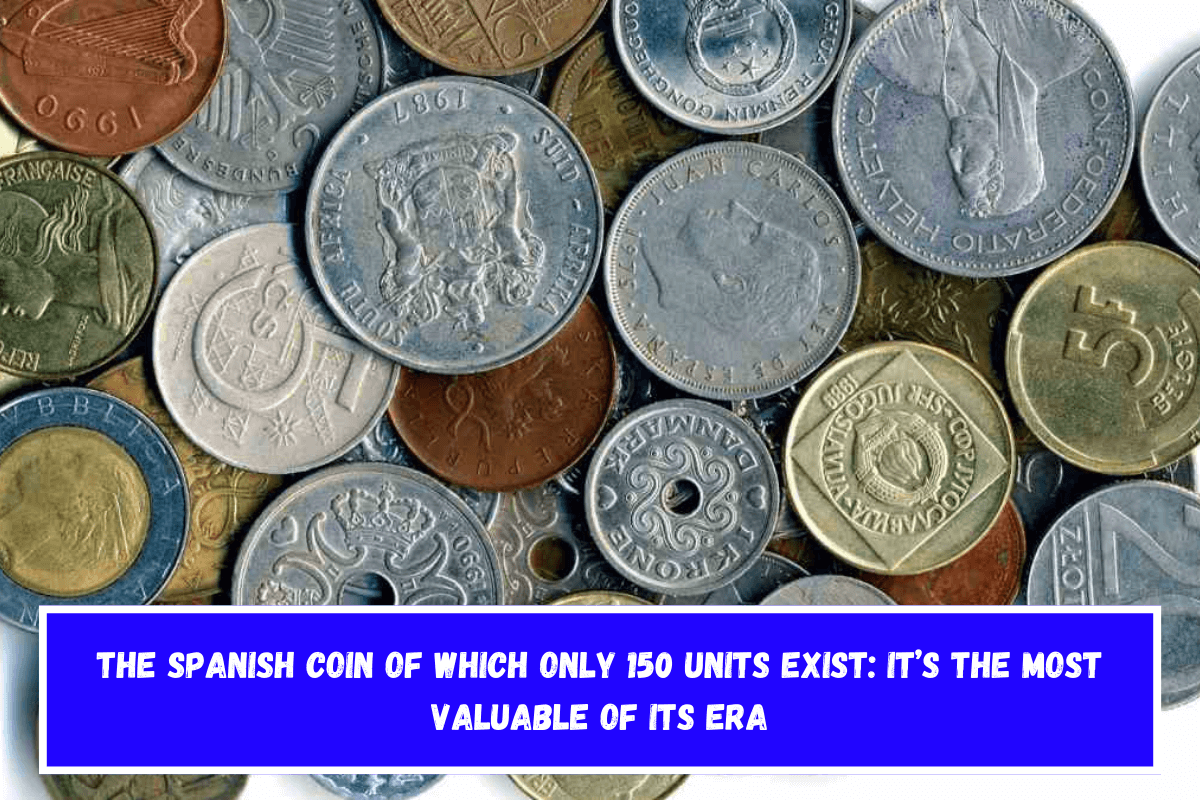The peseta coin has an important place in Spain’s long history of cash. On October 19, 1868, the Spanish government officially adopted the peseta as the foundation of its monetary system. It was a staple of Spanish life for more than 130 years before being phased out in 2002 to make way for the euro.
Despite the fact that pesetas are no longer in circulation, many individuals hold onto them. For some, these coins and notes are more than simply currency; they represent a link to the past, invoking fond recollections of childhood and youth. Others are lured to the appeal of collecting, particularly the oldest and rarest items. Some fans hope that these coins will regain their worth in the future.
Why a coin can be so valuable and appreciated
- Emotional connection to the past
- Interest in numismatic collections
- Potential future value
The rare 1946 peseta, of which only 150 exist, is the most sought-after item from that era. Its scarcity and historical significance make it an intriguing topic for collectors and history buffs alike.
In any event, some pesetas are considered great jewels and have a unique place in the world of numismatics. In fact, one of them is the most valuable piece of Spanish state money because to its distinctive features. Let us reveal which coin it is—pay great attention, because you might already have one at home.
The 1946 Peseta : Only 150 Exist
The most coveted piece of the Spanish State’s coinage is the 1946 peseta. This coin carries an intriguing story behind it.
In 1944, there was a search for novel materials that could provide increased endurance to metals. As a result, the alloy used for Yugoslav dinars was adopted. Until then, coinage did not include the dictator’s bust due to considerable opposition to the absolute power government throughout the Western world. Instead, they displayed emblems associated with him, such as the yoke and arrows, the coat of arms’ eagle, the Iberian horseman, and more.
- Year of Minting: 1946
- Unique Alloy: Inspired by Yugoslav dinars
- Historical Symbols: Yoke and arrows, the eagle, Iberian horseman
It wasn’t until 1946 that international pressure began to ease, with many believing that Spain’s kind of government was solely the responsibility of the Spanish people. As a result, the renowned Valencian sculptor Mariano Benlliure was commissioned to add the dictator’s portrait to the coins. Approximately 1,000 pieces were minted with the date 1946 and the stars numbered 19-48.

The Design Change Requested
However, the dictator did not like the design, and Benlliure was asked to make changes. Eventually, the updated etching was used on pesetas struck between 1947 and 1953.
Rarity of the 1946 Pesetas
It is believed that of the 1,000 units originally issued, only about 150 exist today.
The Value of the 1946 Peseta
The peseta with the dictator’s face, of which only 150 exist, is extremely valuable. According to an article published in Dialnet, the worth of these artifacts fluctuates depending on their condition, although they can reach “elevated values.”
Also See:- SNAP benefits update: What is D-SNAP?











Leave a Reply